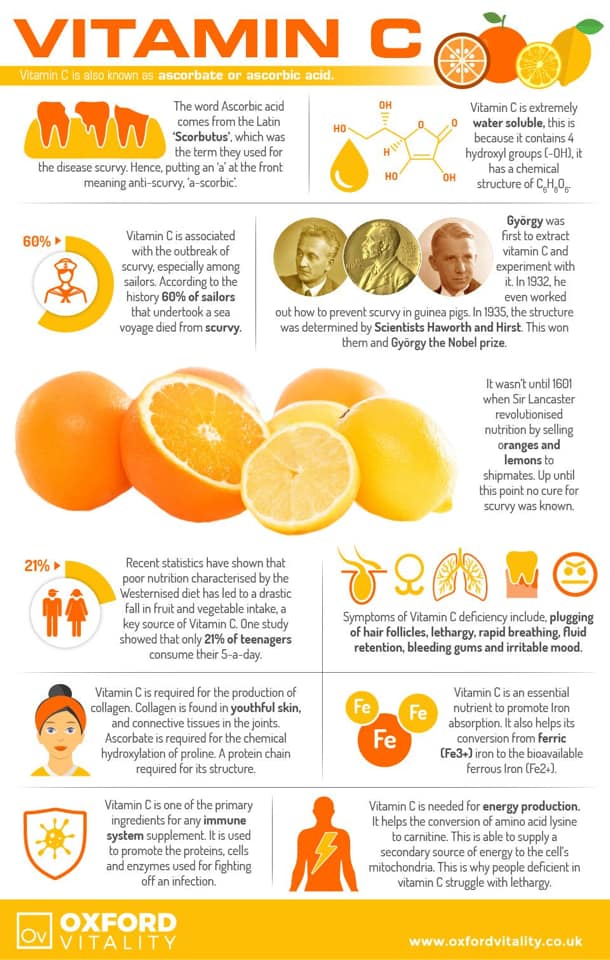
And this isn’t half of what C can do!

Tom's Blog on Life and Livingness

And this isn’t half of what C can do!
Not sure if this could help so delete if necessary but from a retired respiratory therapist in the states, this is for any type of respiratory symptoms
Since they are calling on respiratory therapists to help fight the Corona virus, and I am a retired one, too old to work in a hospital setting. I’m gonna share some common sense wisdom with those that have the virus and trying to stay home. If my advice is followed as given you will improve your chances of not ending up in the hospital on a ventilator. This applies to the otherwise generally healthy population, so use discretion.
I’ve been doing these things for myself and my family for over 40 years and kept them out of the hospital, all are healthy and still living today.
Thank you all for sharing. We gotta help one another.
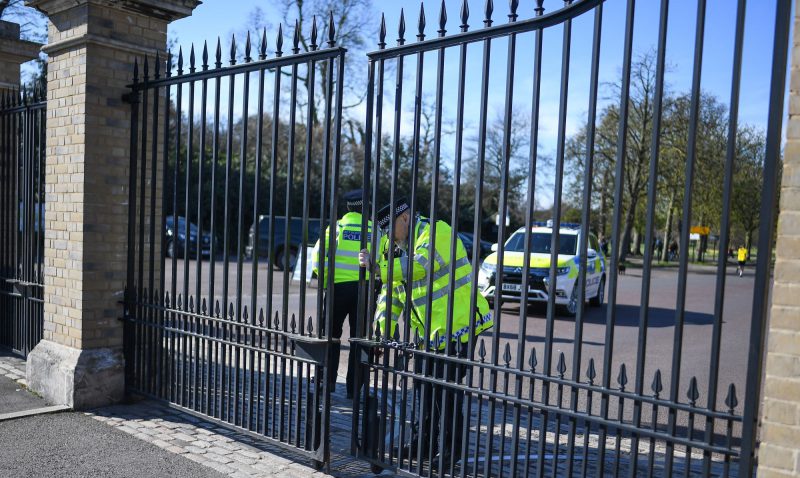
Oh how the evil have flourished and prospered at the expense of the populace!
Well past time to promote human rights as they are being eroded at a meteoric pace.
From the UK, the home of Magna Carta, the greatest bastion of individual freedom from tyranny!
This is a great read written by a guy with a very sane viewpoint!
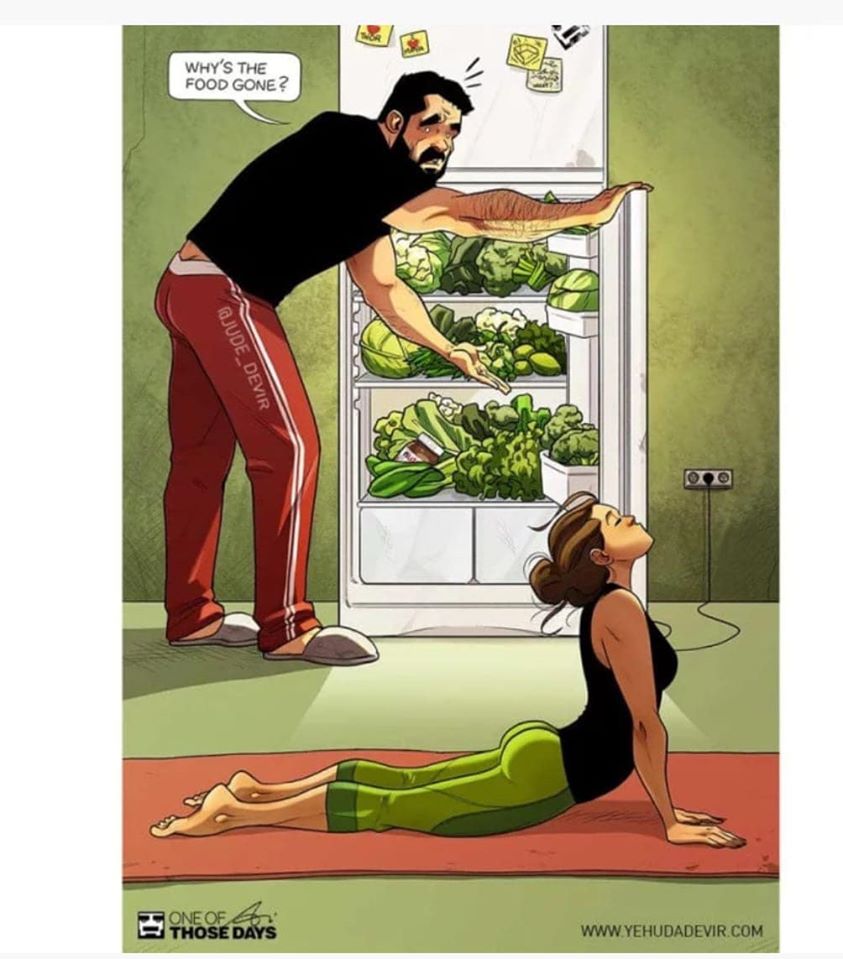
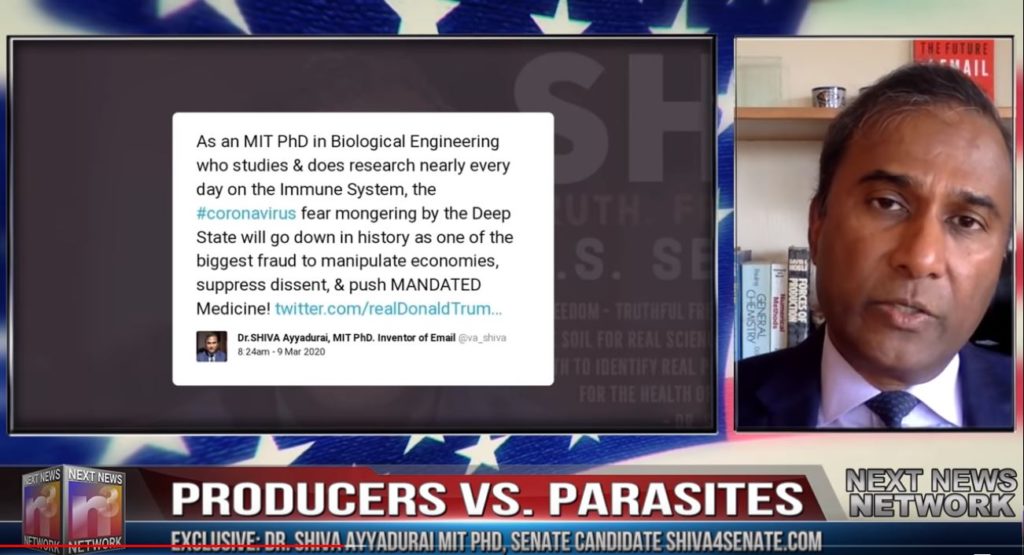
There is a bit of politics and PR to get through but he has some data you might find of interest.
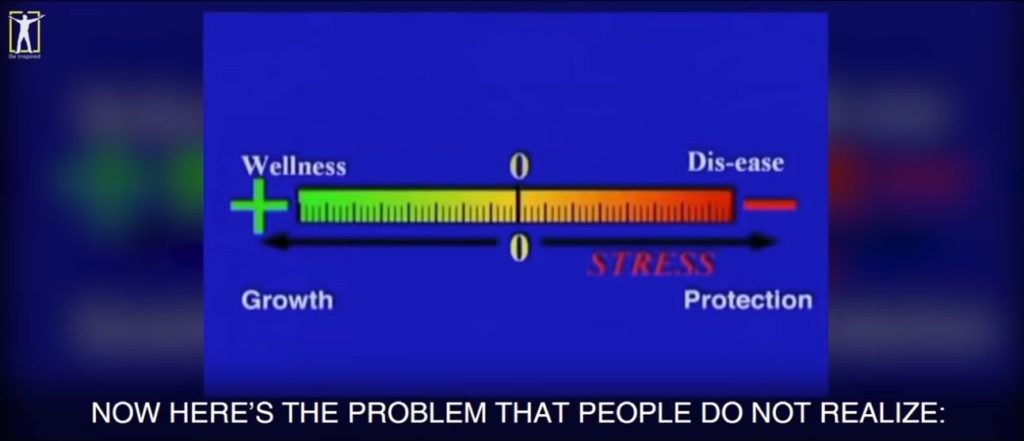
This puts in place a couple more pieces of the jigsaw puzzle of how stress adversely impacts your health.
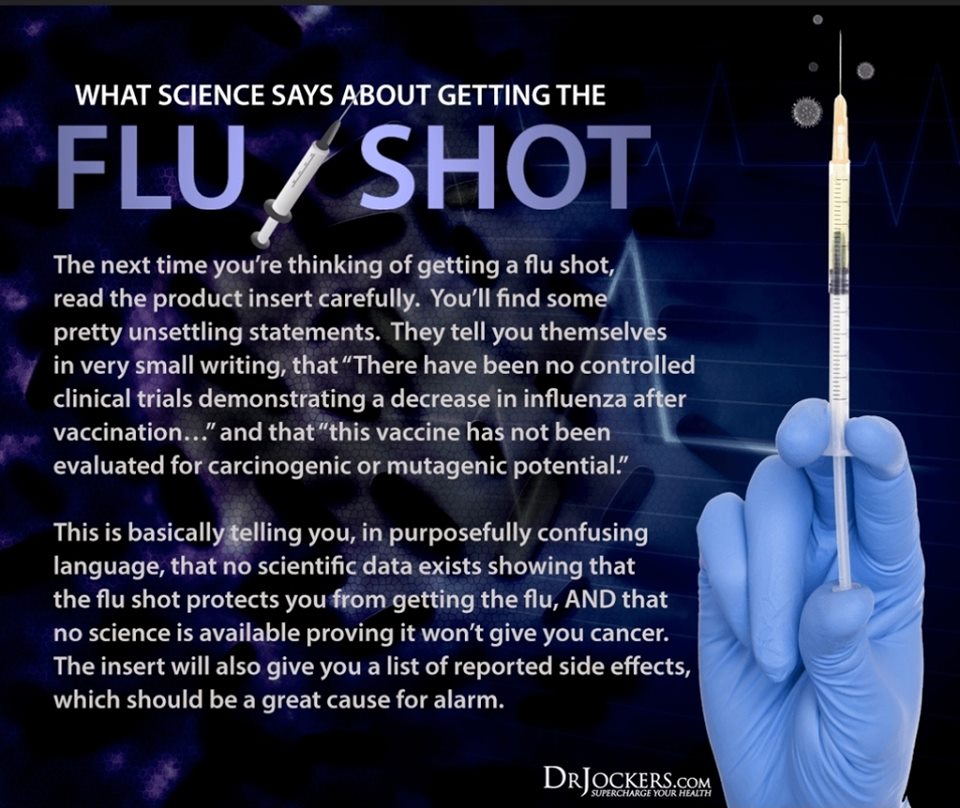
In an editorial published in The New England Journal of Medicine (https://www.nejm.org/doi/full/10.1056/NEJMe2002387), several doctors including Anthony Fauci indicate that the case fatality rate of COVID-19 virus may be similar to those seen in a severe seasonal influenza.
(Tom: One could very successfully argue that life is action and death is motionlessness. Two of the most active and alive people I know are my son’s two year old daughter and my daughter’s five year old son. As we age we can less easily move ourselves or tolerate motion in others. And then we die. So the curve of action closely aligns the the curve of life.
Currently we have been scared into physical distancing and inactivity (societal death) by false data – initial reports of a virus severity 50 times worse than it actually is.
Now that this has been exposed as a result of incorrect modeling, let’s call off the disastrous cautions that seemed appropriate and necessary at the time and get back to life! #BackToLife)
Let’s get this show back on the road!
Email your state and federal MP and tell them we want to get back to living!
Now that this has been exposed as a result of incorrect modeling, let’s call off the disastrous cations that seemed appropriate and necessary at the time and get back to life! #BackToLife)

From LD Sledge:
For the past decade, Bill gates has been warning us about an inevitable pandemic. Conditioning us. Getting us used to the idea.
Last year, he even held a summit on the matter and ran computer simulations to predict outcomes. Why did a former computer nerd and mogul become so interested in vaccination and disease? Possibly because he’s worth over $100 billion and thinks he owns the world. He also wants to make an impact on humanity. Getting rid of excess humanity, that is. Bill’s father was once the head of Planned Parenthood. He comes from a eugenics background. Gates frets about world population growth. Is it any wonder he pushes Monsanto’s GMO food as well as harmful vaccines?
Apparently Bill’s computer simulations discovered that people would easily fold under government pressure combined with an unseen enemy. Billions of people are under lockdown right now. Half the world is shut down. Gates must marvel at how easy it was to do it. Things are going according to plan. They can’t control us physically, but he can control us mentally through fear drummed into our brains 24/7 by mass media.
The corona virus is real, but we’ve had many waves of flu viruses throughout the years. Many thousands die each year from the flu. Our elderly and infirm are the hardest hit. This time the deaths are being magnified by the Fear Porn Channels. Statistics are controlled and manipulated to produce panic and hysteria.
The Democrats failed with their Russia collusion lie. They failed with impeachment. They are all for this hysteria because they can blame it all on Trump.
Trish Regan was just fired from Fox Business Network because she called out concerns that the Chinese coronavirus was just another attempt to impeach President Donald Trump.
That was too close to the truth for Fox. They fired her.
We now have social distancing to further divide the human race—as if we were all some sort of disease in need of eradication. The corrupt WHO and CDC have us controlled like puppets on strings. We obey without question. Citizens are not allowed to question medical ‘authorities’ without fearing censorship or ridicule. When the time comes for a mandatory vaccine, people will already have become conditioned to obey the medical ‘authorities,’ and it’s all going according to plan.
But some plans have a way of not working out as planned.